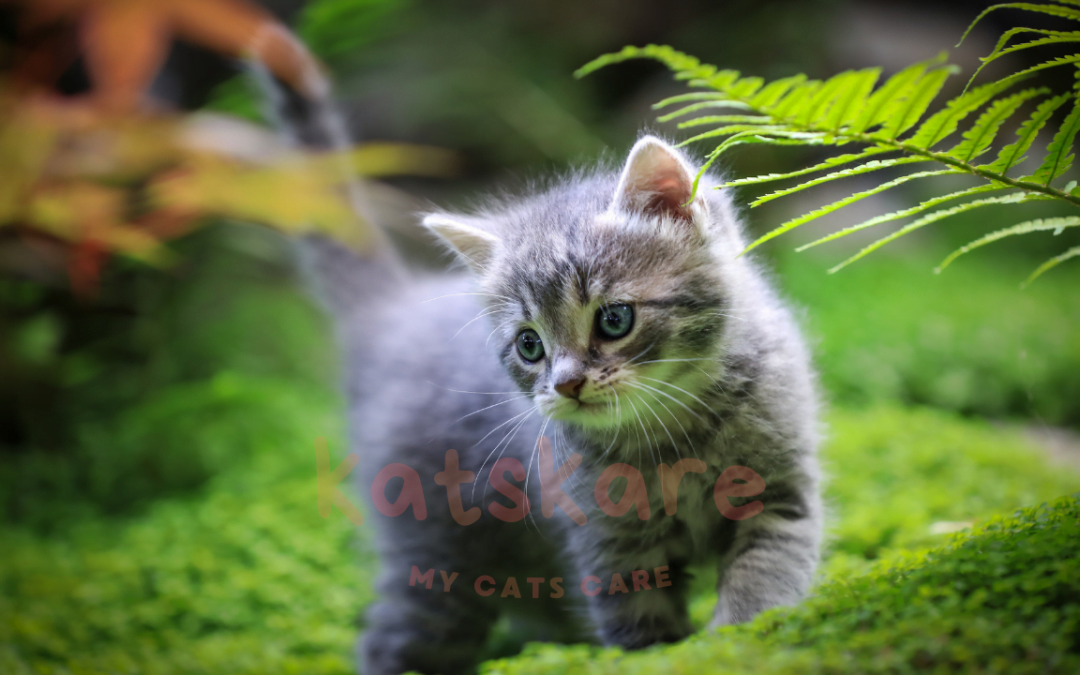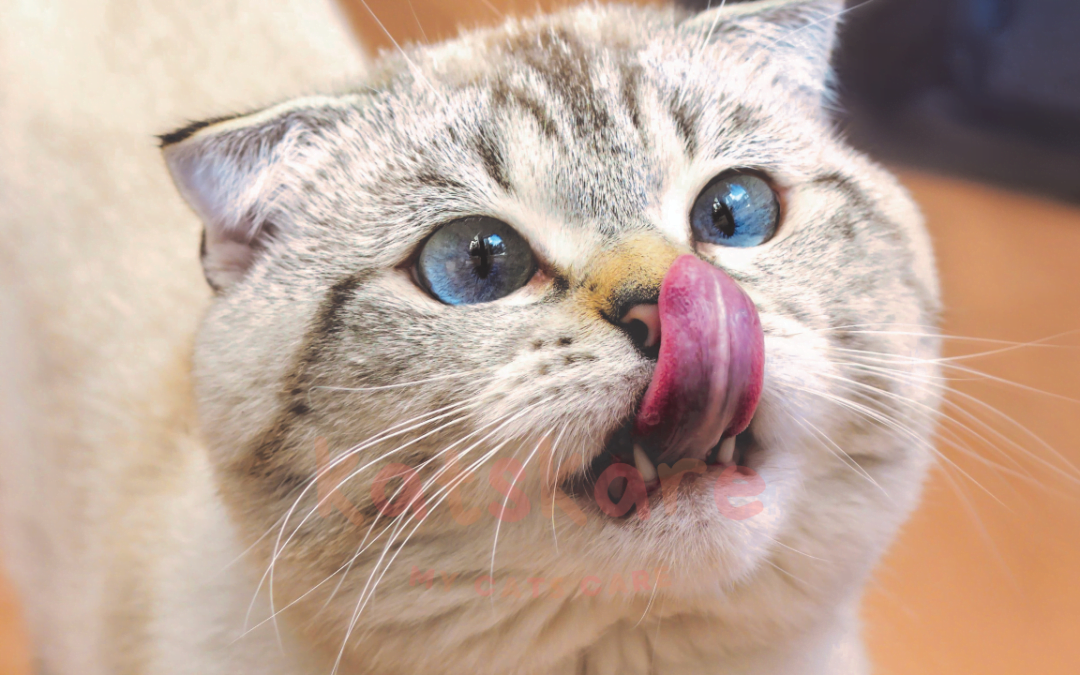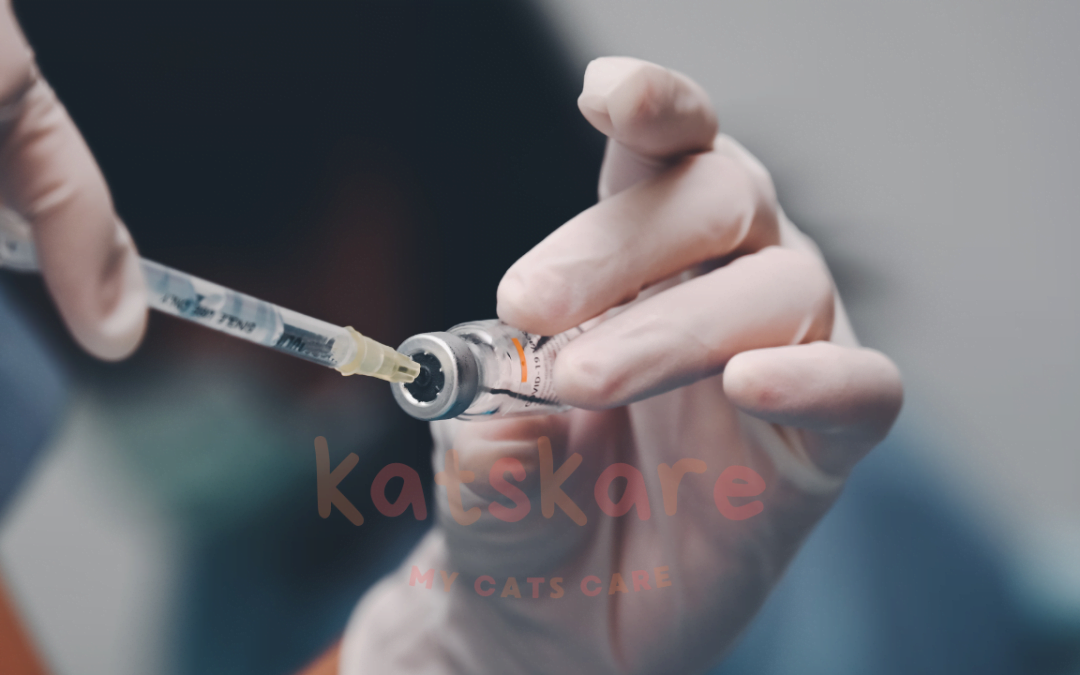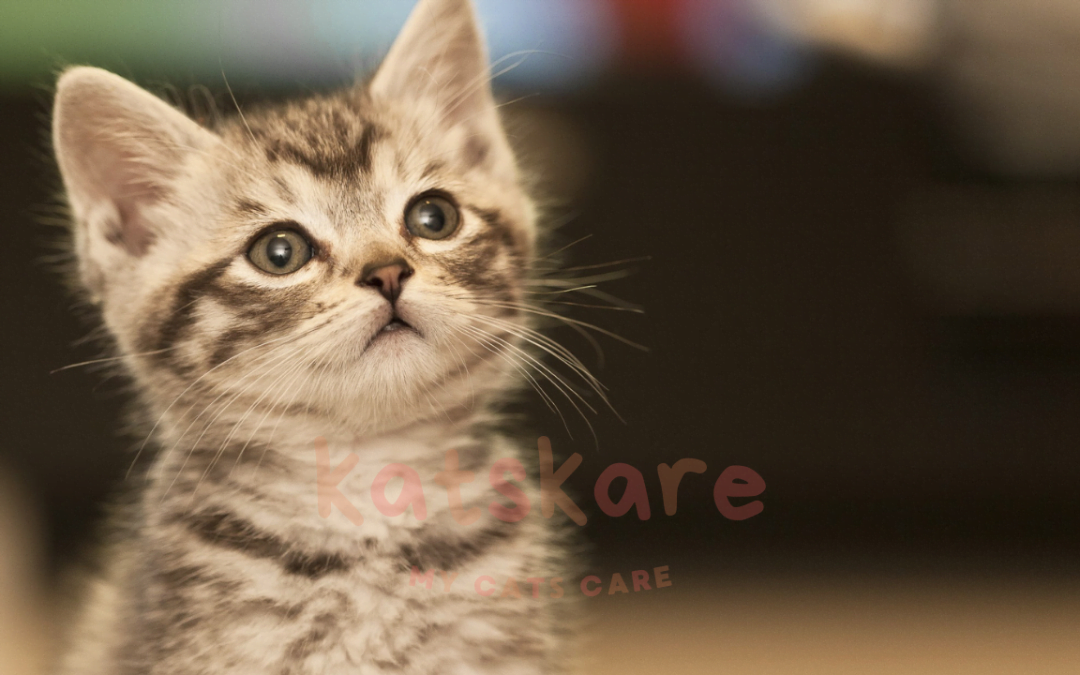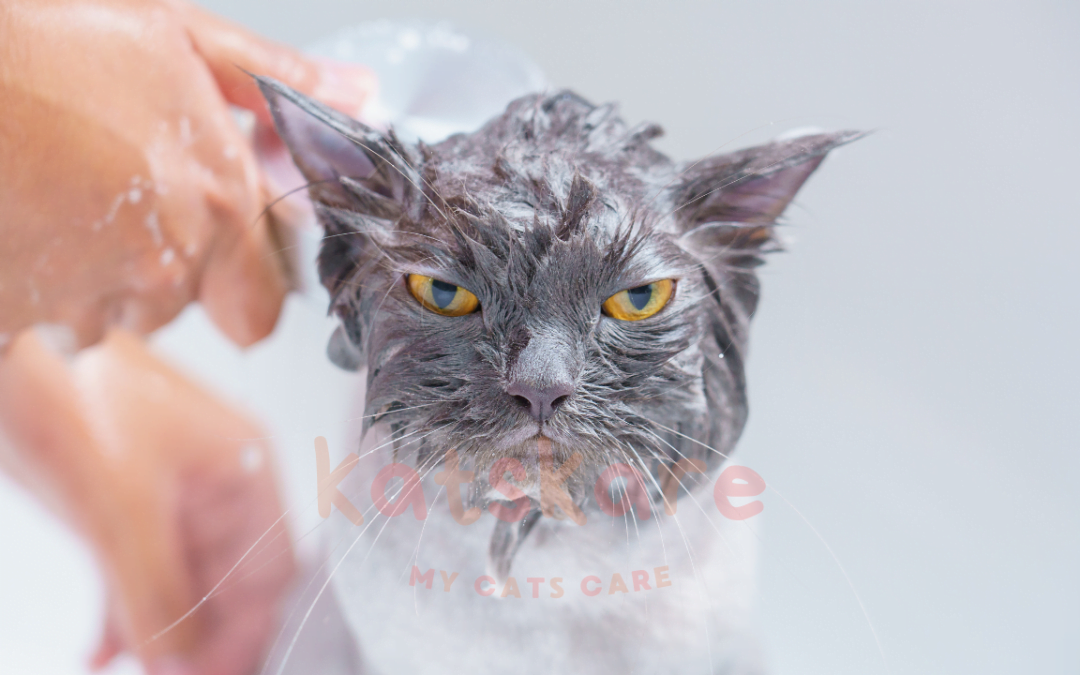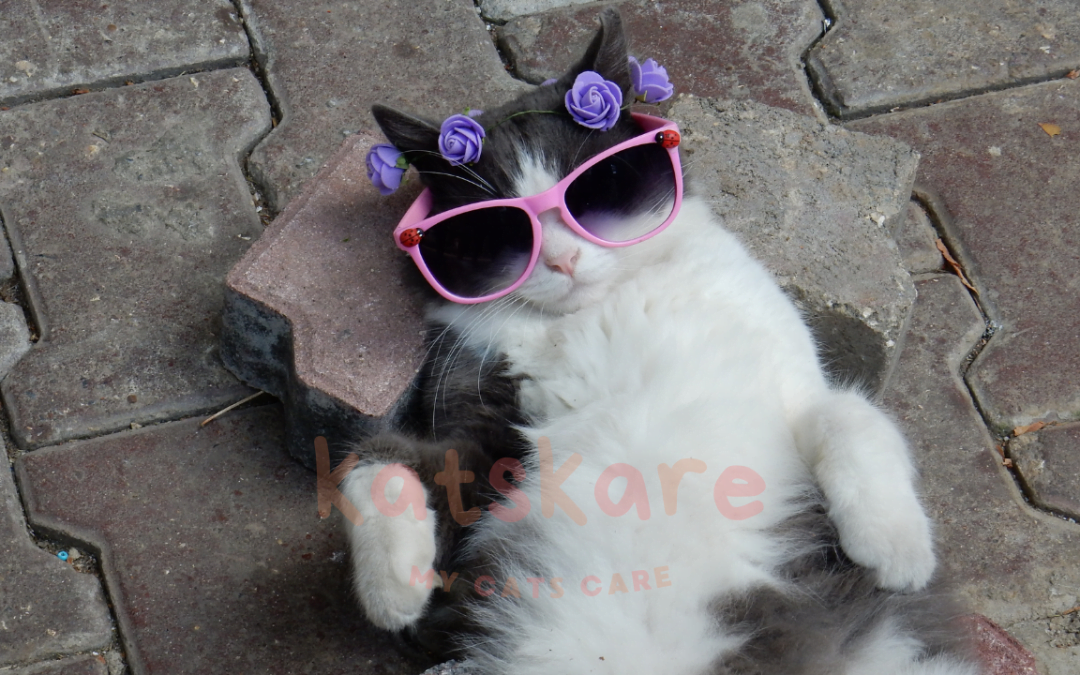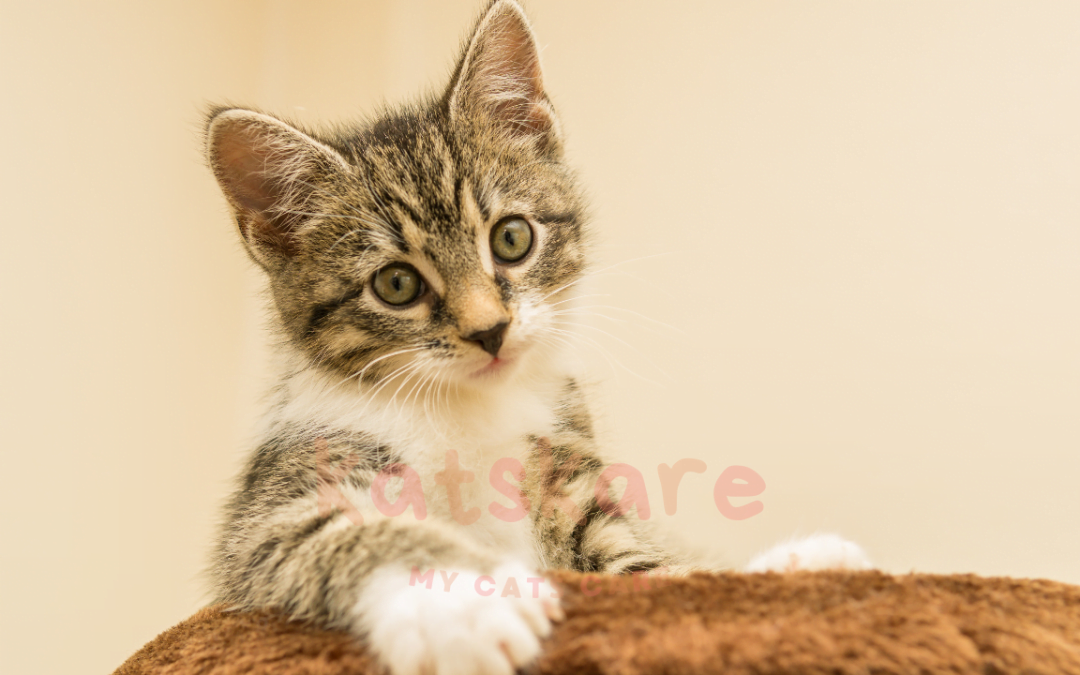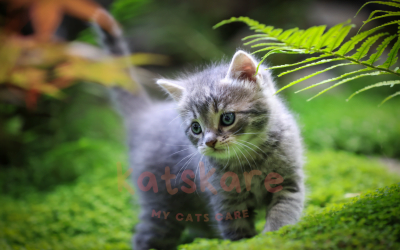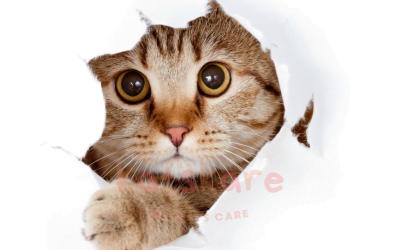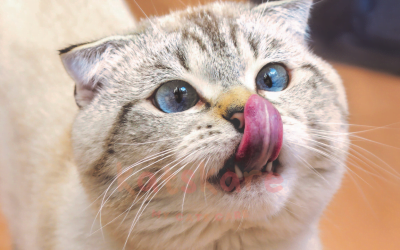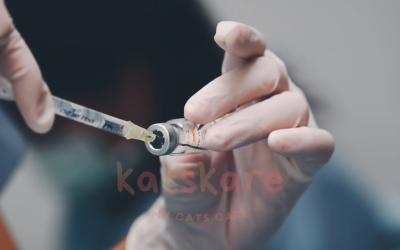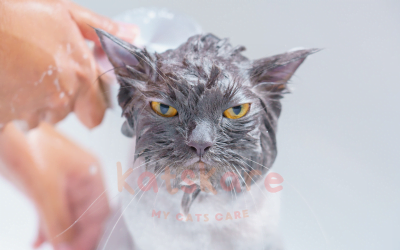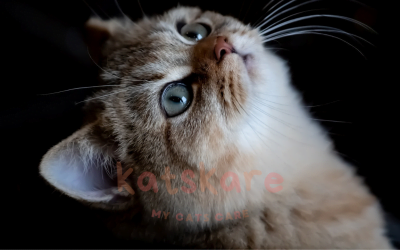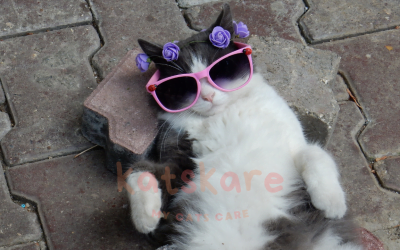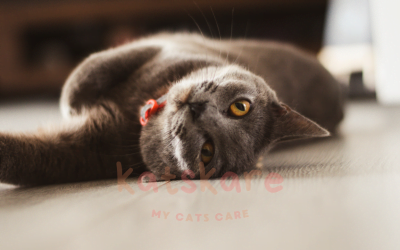Feeding and Nutrition
Q: How often should I feed my cat?
A: Most cats do well on two meals per day, ideally in the morning and evening. Kittens may need more frequent feedings.
Q: Can I feed my cat human food?
A: It’s best to stick to cat food. Some human foods can be toxic to cats, such as onions, garlic, chocolate, and caffeine.
Q: What type of food is best for my cat?
A: A balanced diet of high-quality commercial cat food, either wet or dry, is usually best. Consult your vet for specific dietary needs.
Health and Wellness
Q: How often should I take my cat to the vet?
A: An annual check-up is usually sufficient for most cats, but senior cats or those with health issues may need more frequent visits.
Q: What are common signs that my cat is sick?
A: Look out for changes in appetite, behavior, litter box habits, grooming, and any signs of pain or discomfort.
Q: Do cats need vaccinations?
A: Yes, regular vaccinations are essential to protect your cat from common diseases like rabies, feline distemper, and feline leukemia.
Grooming and Hygiene
Q: How often should I brush my cat?
A: Long-haired cats should be brushed daily, while short-haired cats can be brushed weekly to help reduce shedding and prevent matting.
Q: Do I need to bathe my cat?
A: Cats are generally good at grooming themselves. Baths are rarely necessary unless your cat is dirty or has a skin condition.
Q: How can I keep my cat’s teeth healthy?
A: Regular dental check-ups, dental treats, and brushing your cat’s teeth can help maintain oral health.
Behavior and Training
Q: Why does my cat scratch furniture?
A: Scratching is a natural behavior for cats to mark territory, stretch, and maintain their claws. Provide scratching posts to redirect this behavior.
Q: How can I stop my cat from spraying indoors?
A: Neutering or spaying your cat can reduce spraying. Ensure your cat feels secure and has access to a clean litter box.
Q: Can cats be trained?
A: Yes, cats can be trained using positive reinforcement techniques. Clicker training can be effective for teaching tricks and good behavior.
Environment and Safety
Q: Should I let my cat go outside?
A: It’s safer to keep cats indoors to protect them from traffic, predators, and diseases. If you let your cat outside, supervise them or use a secure outdoor enclosure.
Q: How can I make my home cat-friendly?
A: Provide plenty of toys, scratching posts, and vertical spaces like cat trees. Ensure your home is safe by removing toxic plants and securing windows and balconies.
Q: What is the best way to introduce a new cat to my home?
A: Gradually introduce your new cat to your home and existing pets. Start with a separate room and slowly allow supervised interactions.


